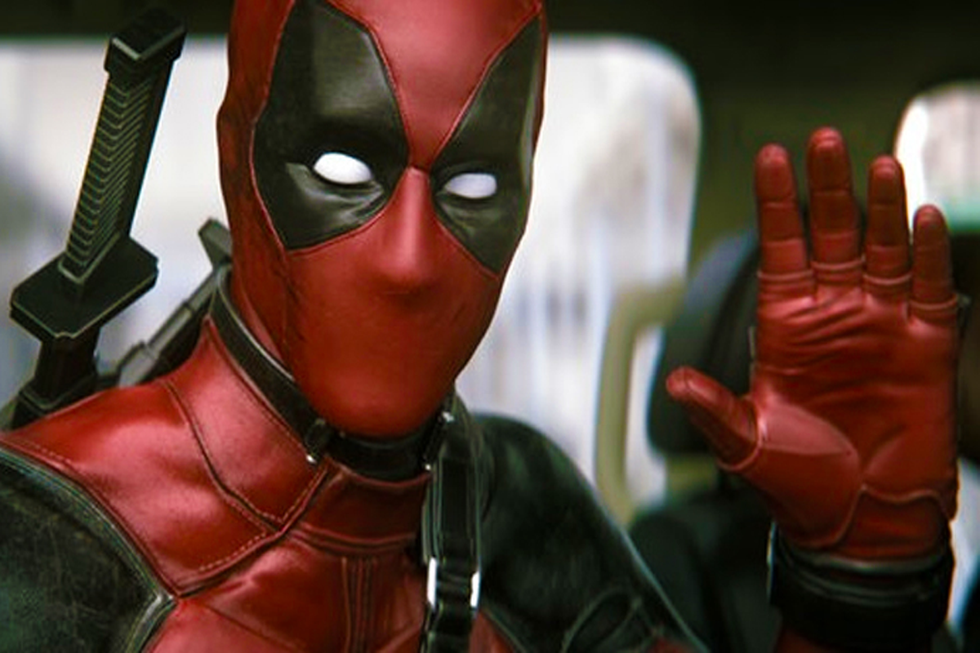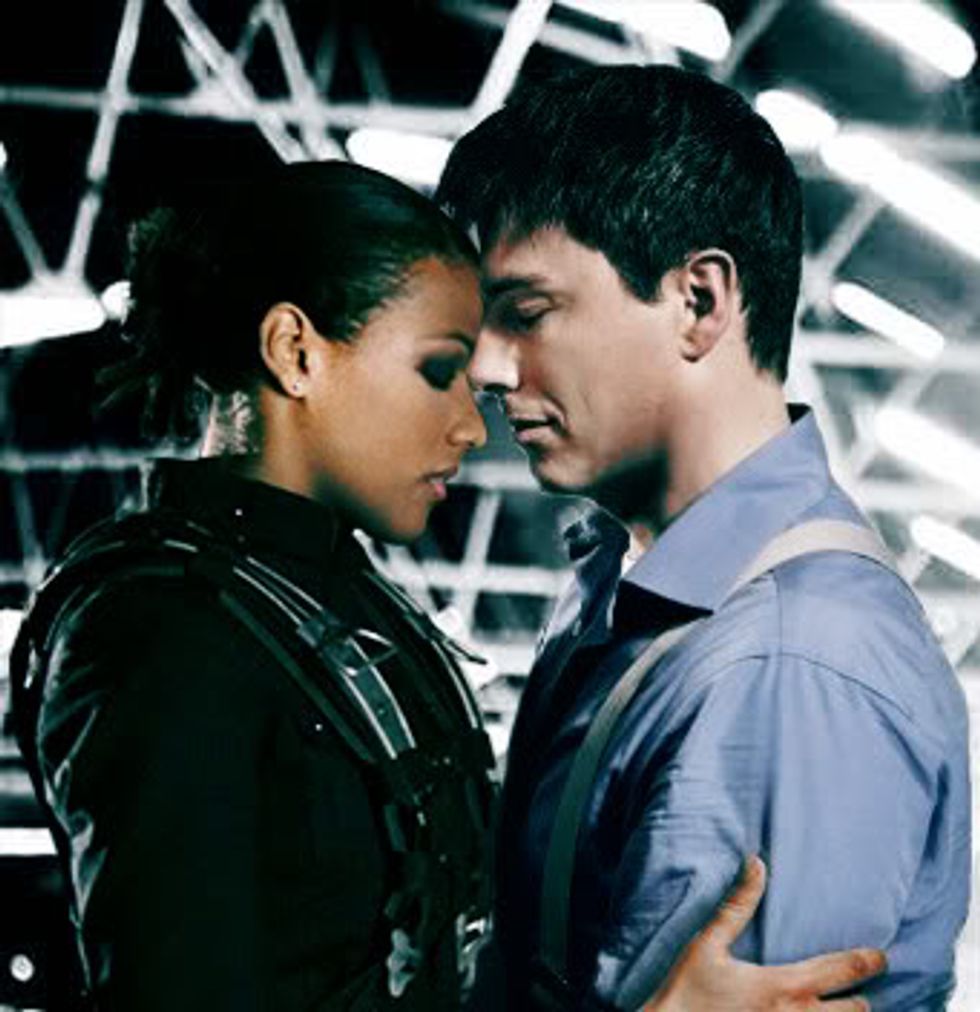On Nov. 3, 2015, the website "Collider," published an interview with "Deadpool" director Tim Miller, and questioned Miller about the "tantalizing fireside photo" of Deadpool that was recently released. The site wondered whether the character would be "a very hyper-sexualized Deadpool."
"Pansexual," Miller answered. "I want that quoted. Pansexual Deadpool."
This makes Deadpool Marvel's first non-heterosexual lead in a movie and the first openly pansexual lead in a superhero film. In the past, Marvel Studios, DC films and other popular franchises have lacked LGBTQ leading characters, which is problematic since these films are in high demand.
"Given the global popularity of genre films like comic-book adaptations and action franchises," GLAAD reports, "these films must become more diverse and inclusive."
It isn't just popular franchises that have a problem with LGBTQ representation though: Hollywood has a tendency to underrepresent and misrepresent LGBTQ people. In 2013, out of 102 films from several major studios, only 17 films included lesbian, gay or bisexual characters. To add insult to injury, most of these characters were minor and their representation was found to be "outright defamatory."
"The lack of substantial LGBT characters in mainstream film," Sarah Kate Ellis, GLAAD CEO and president, says, "in addition of outdated humor and stereotypes, suggests large Hollywood studios may be doing more harm than good when it comes to worldwide understanding of the LGBT community."
The Critical Media Project brings up the importance of having diverse representation and why it is harmful to limit representation to stereotypes. "It's important to consider the number of LGBT characters in the media," The Critical Media Project says, "but also how they are represented. When we see the same representation over and over, we start to internalize them and take them for granted."
The group also points out that many of the messages we receive about sexuality are transmitted through the media, and the media is a key player in our understanding of what sexual orientation is to our identities, social institutions and everyday lives.
As a pansexual woman who has been personally impacted by media representation, I will vouch for their claim.
Pansexuality, to me, is sexual attraction to people regardless of their sex or gender, and, as the Oxford Dictionaries put it, pansexuality is "not limited in sexual choice with regard to biological sex, gender or gender identity." While I know what pansexuality is now, for a long time, I didn't. While heterosexual representation dominates media, I have rarely seen any pansexual representation, so growing up I had no one to relate to.
That changed when I watched "Torchwood." The lead character, Captain Jack Harkness, was openly attracted to all genders, and when I saw a character I could identify with, I felt enlightenment and relief.
On top of that, his sexuality didn't define him. He was multidimensional, relatable and humorous, but his sexual orientation was never the butt of the joke.
Representation like that made me feel more confident in my sexuality, and yet there is little of it in film. Even when LGBTQ representation is included, the focus is primarily on gay men.
Of the 17 inclusive films analyzed in 2013, 64.7 percent of them featured gay male characters, 23.5 percent featured lesbian characters, 17.7 percent had bisexual characters and 11.8 percent contained transgender female characters.
To have Deadpool portrayed as a pansexual man is a huge step forward from the limited representation of the LGBTQ community within film; however, it's not too much of a surprise. Prior to the film, Deadpool has been depicted as pansexual within his comics.
"[Deadpool] is NO sex and ALL sexes," Fabian Nicieza, co-creator of "Deadpool," says. "He is yours and everyone else's. So not dismissive, but rather the epitome of inclusive."
Go through the Deadpool comics, and you'll see his sexuality is fluid and unrestricted when it comes to gender, and he is confirmed as pansexual.
So, while Deadpool has already been established as pansexual in the comic verse, including his sexuality within the film is a momentous step. Not only will he represent an underrepresented minority, but he will also show that LGBTQ members, specifically pansexuals, are more than just their sexuality.












 mr and mrs potato head
StableDiffusion
mr and mrs potato head
StableDiffusion










